Adam Shoenfeld has helped shape the tone of modern country guitar. How? Well, the Nashville-based session star, producer, and frontman has played on hundreds of albums and 45 No. 1 country hits, starting with Jason Aldean’s “Hicktown,” since 2005. Plus, he’s found time for several bands of his own as well as the first studio album under his own name, All the Birds Sing, which drops January 28.
Shoenfeld recently let PG’s John Bohlinger in on some of his sonic secrets, running through his session rig at East Nashville’s 3Sirens studio.
Brought to you by D’Addario Nexxus 360 Rechargeable Tuner.
Melody Maker Magic
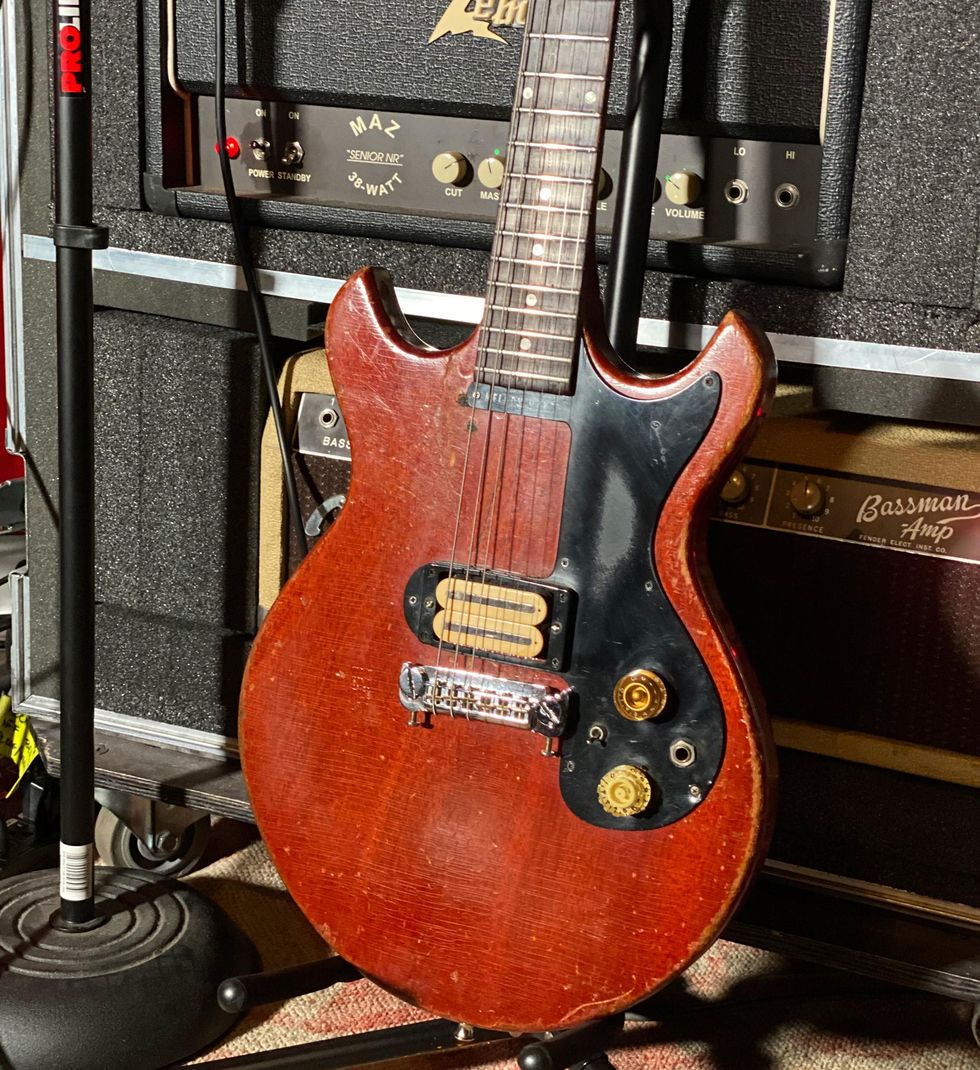
Shoenfeld’s choice of guitar depends on the song, but a good deal of the time he plays his 1964-’65 Gibson Melody Maker. Before Adam got it, the guitar had been modded with a Badass bridge and the original pickup was swapped for a DiMarzio X2N engraved “1979.” All his electric guitars are strung with D’Addario NYXLs, gauged .010–.052.
It’s That Strat
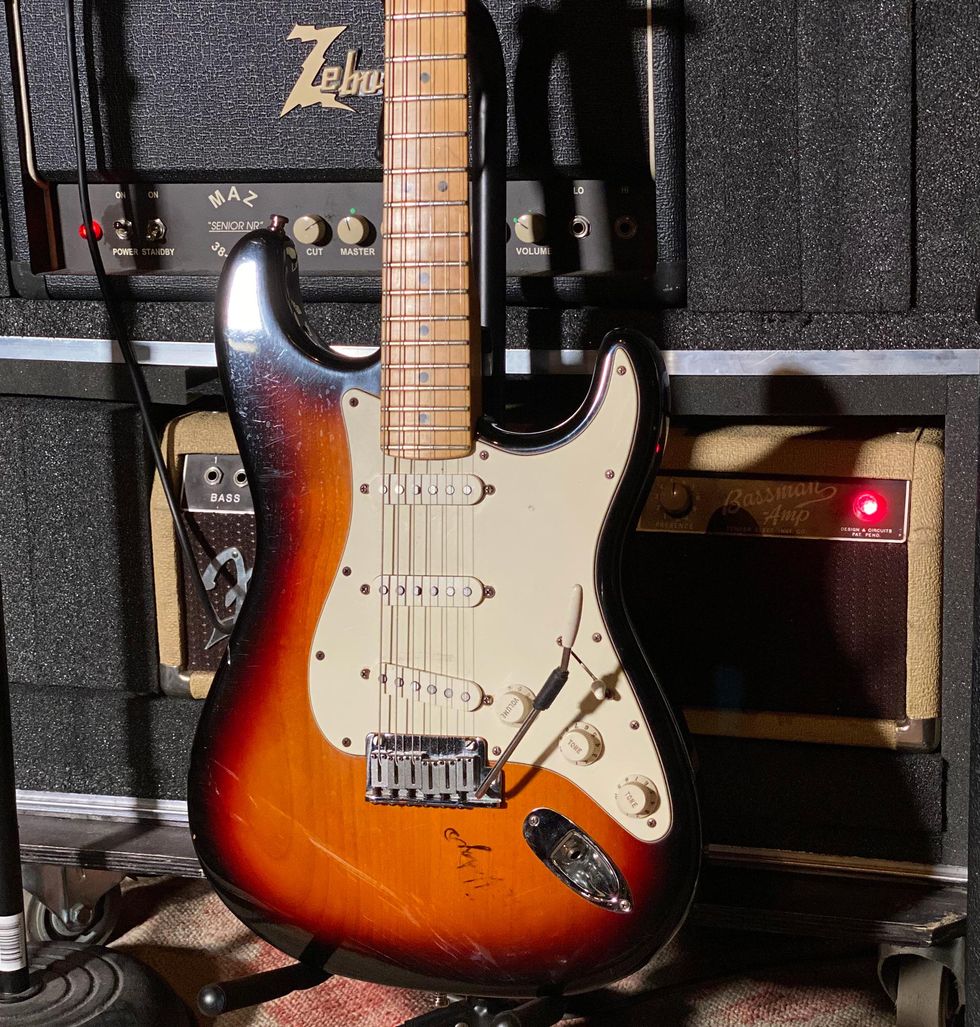
People think they’re hearing humbuckers on Jason Aldean’s “Hicktown,” but it was played on this stock American-built 1998 Fender Stratocaster.
Orange Squeezer
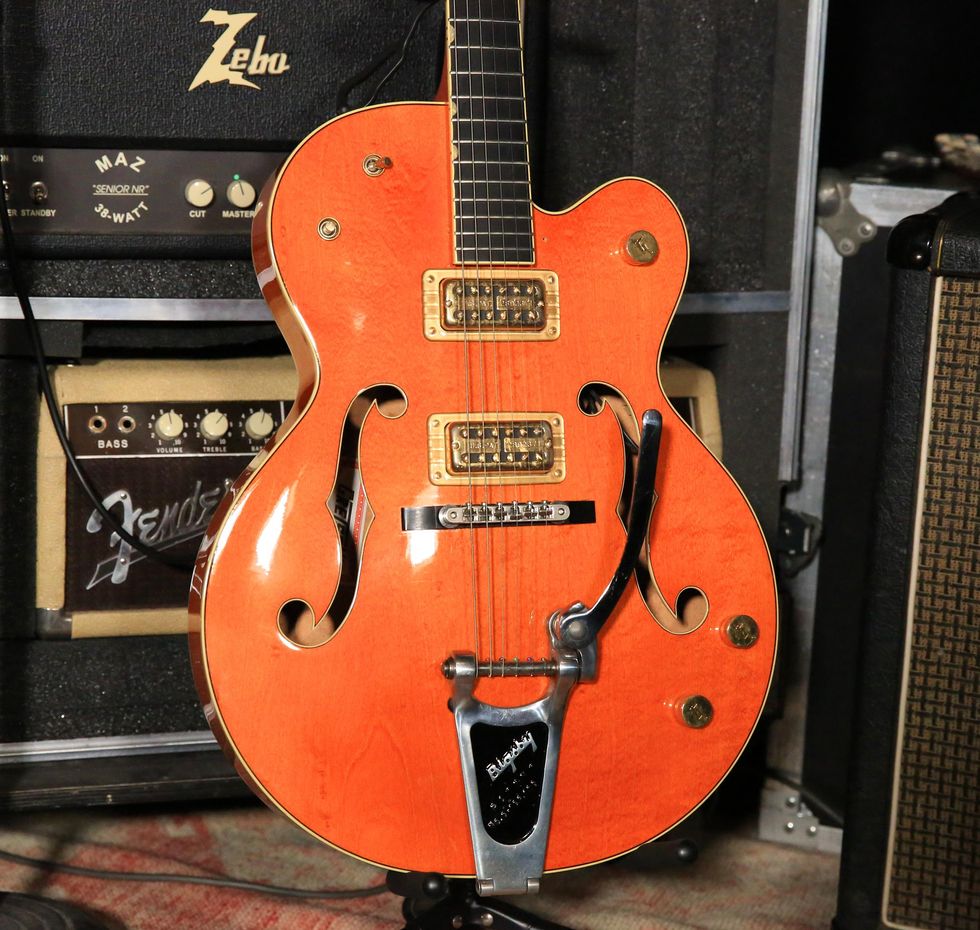
Next in the arsenal is this Bigsby-equipped Gretsch 6120 from the early 2000s.
P-90 Powerhouse

For a P-90 tone, Shoenfeld goes with this 1964 Gibson SG Junior. Other than the bridge, the instrument is all stock.
Nashville Necessity
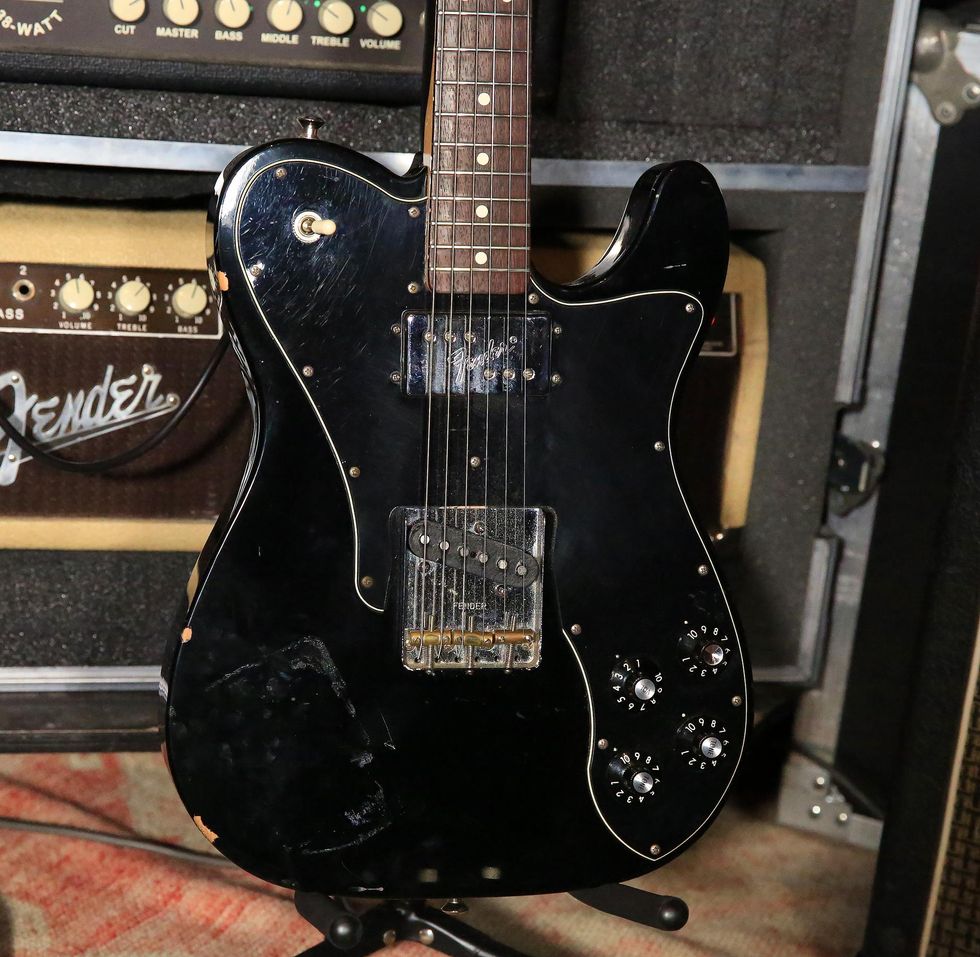
To cover country’s de rigueur twangy bite, Shoenfeld employs this Fender ’72 Telecaster Custom reissue, built in 2004.
Tricky Ricky
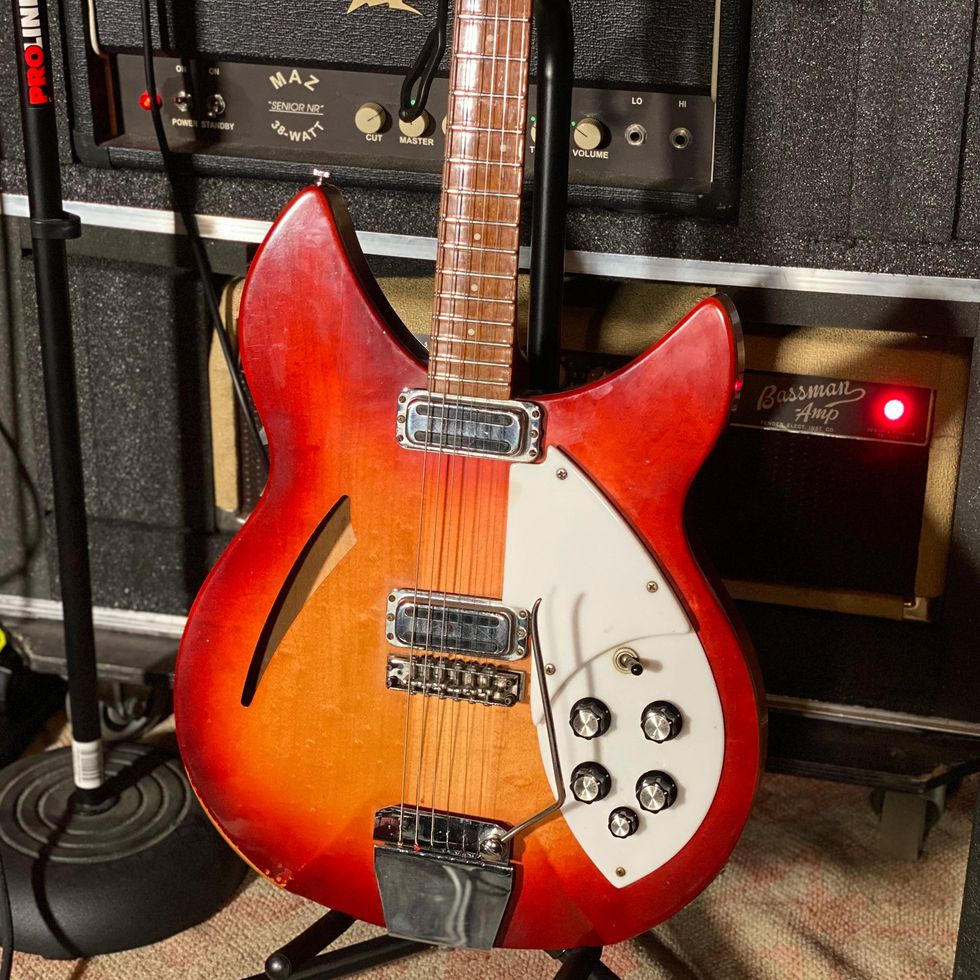
A rare, exotic gem, this all-stock 1964 Rickenbacker 330 is used by Shoenfeld for sessions and is his main guitar when he’s fronting his own project.
Morgan Workhorse
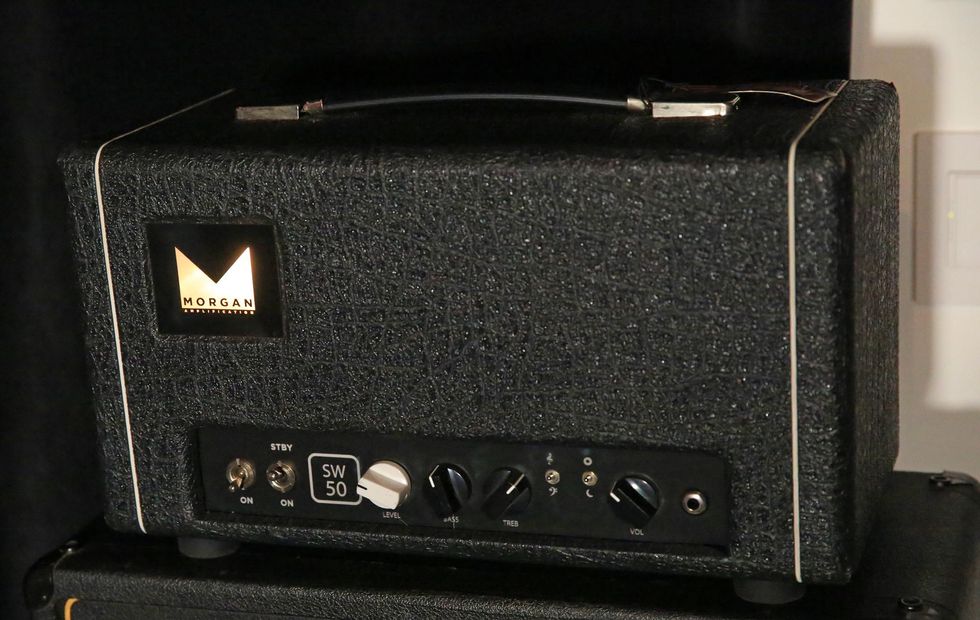
Shoenfeld describes this Morgan SW-50, modded by Joe Morgan for more headroom, as “very Bassman-ish, but a little squishier … tubier.”
First Bassman
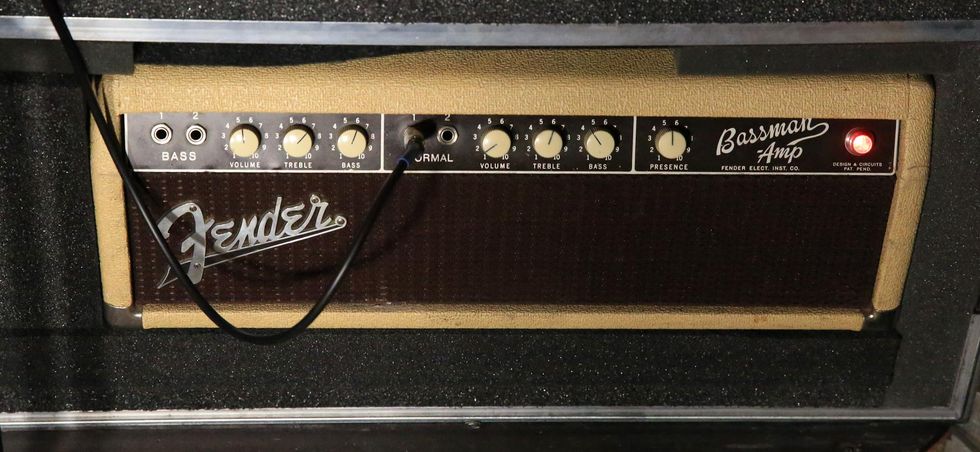
He also relies on this racked blonde Fender Bassman from the early ’60s.
Ver-Z-tility
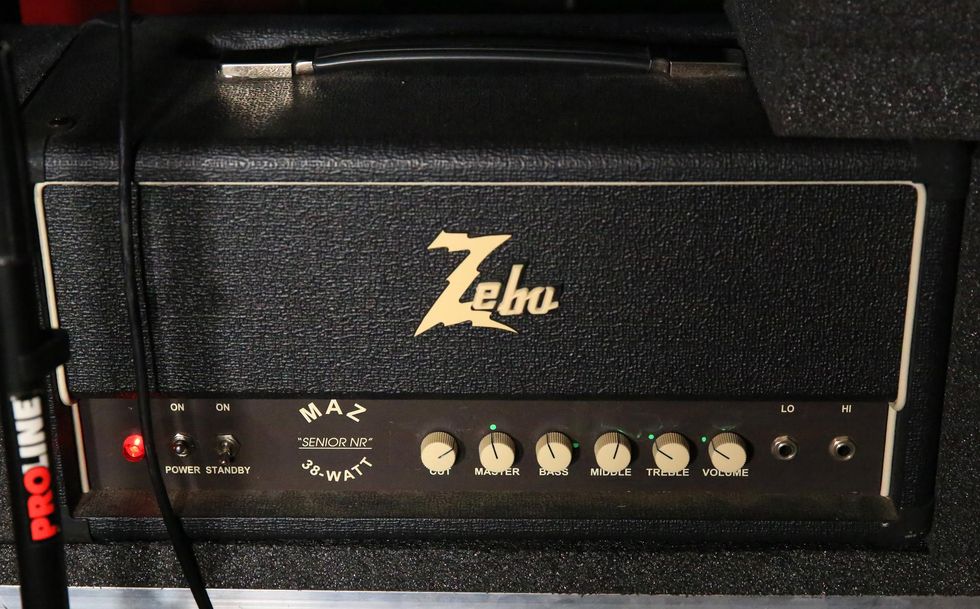
This jack-of-all-tones Dr. Z MAZ-38 has been modded by Nashville-based boutique amp make Ebo Customs.
Conjugatin’ Verb
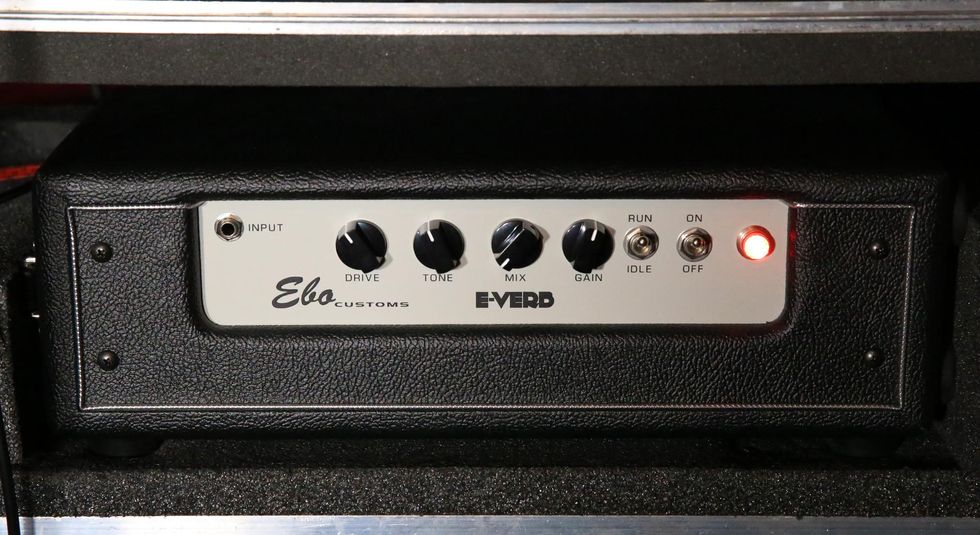
Ebo Customs also made this sweet tube-driven E-Verb reverb unit. You’ll find one of these in fellow studio ace Tom Bukovac’s rack, too.
Vox Box
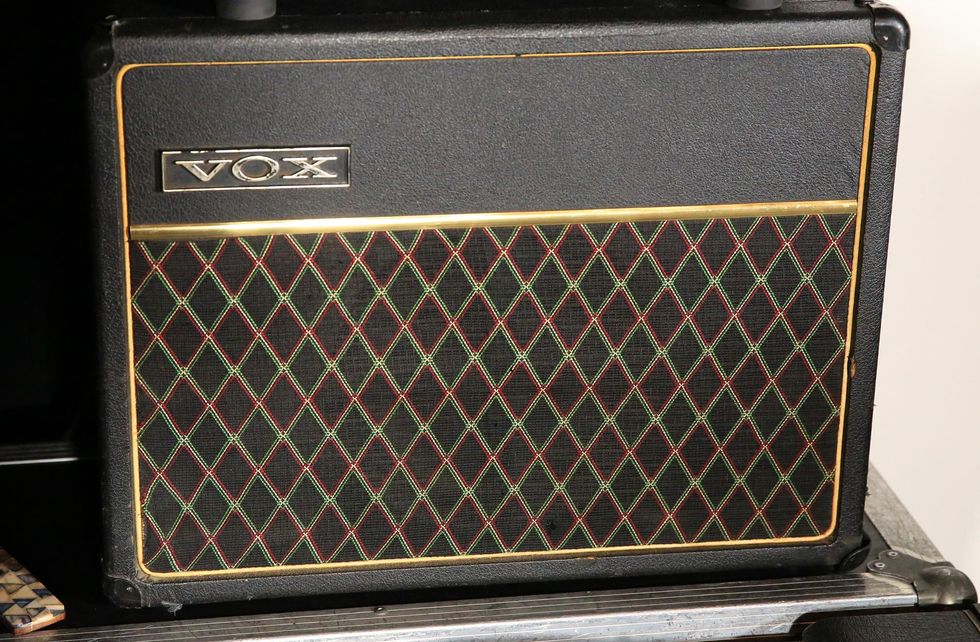
The Vox Cambridge was introduced in 1965. This one’s from the next year, when both tube and solid-state versions were made. Check out the video for the inside scoop on this doggie.
50 Watts of Law
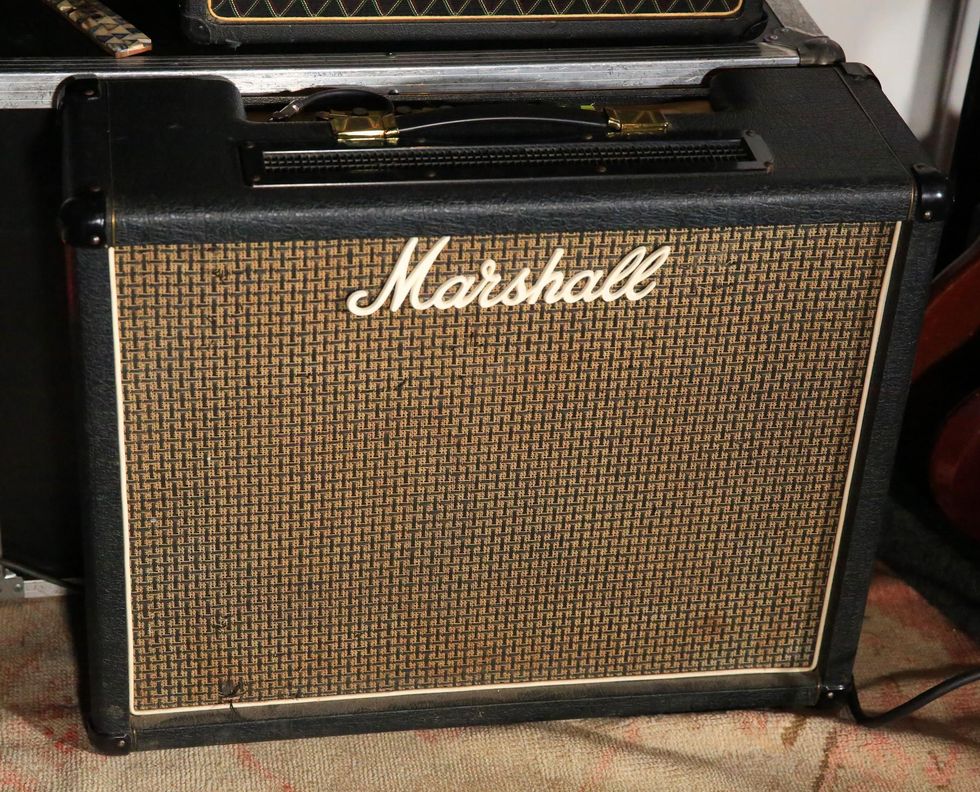
The Marshall JMP combo is a truly iconic amp—with big teeth and big tone. This all-stock example was built in 1977.
Hemp Power
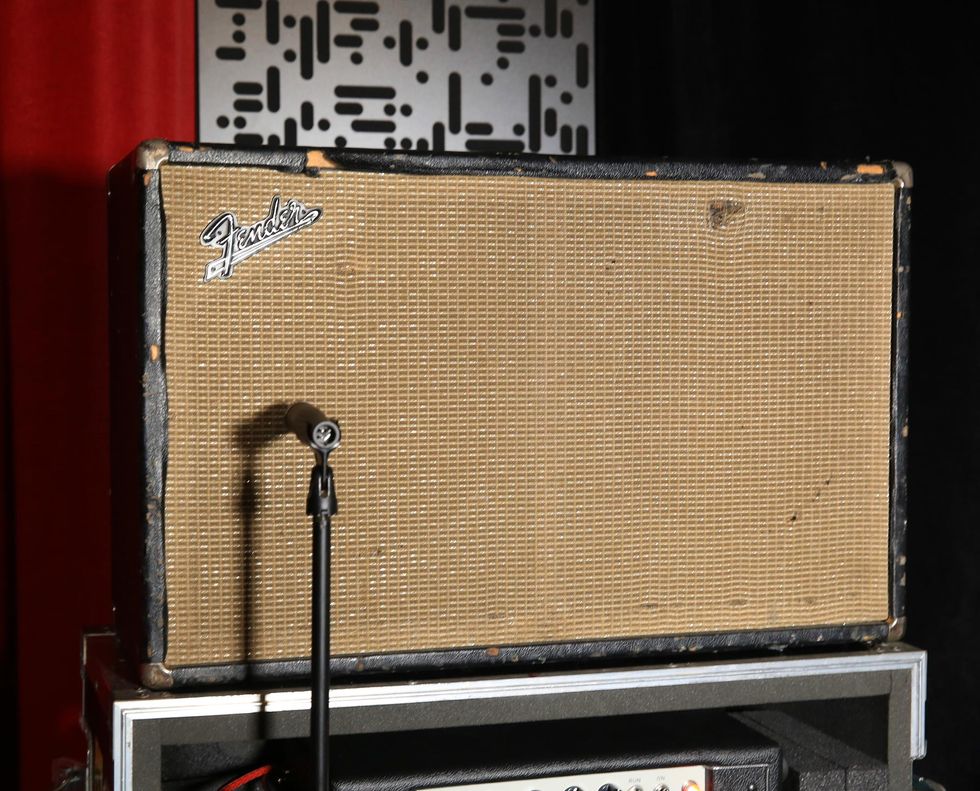
This Fender 2x12 Bandmaster bottom cab carries some fat: It’s loaded with a pair of Tone Tubby Hempcones.
Board, Not Bored
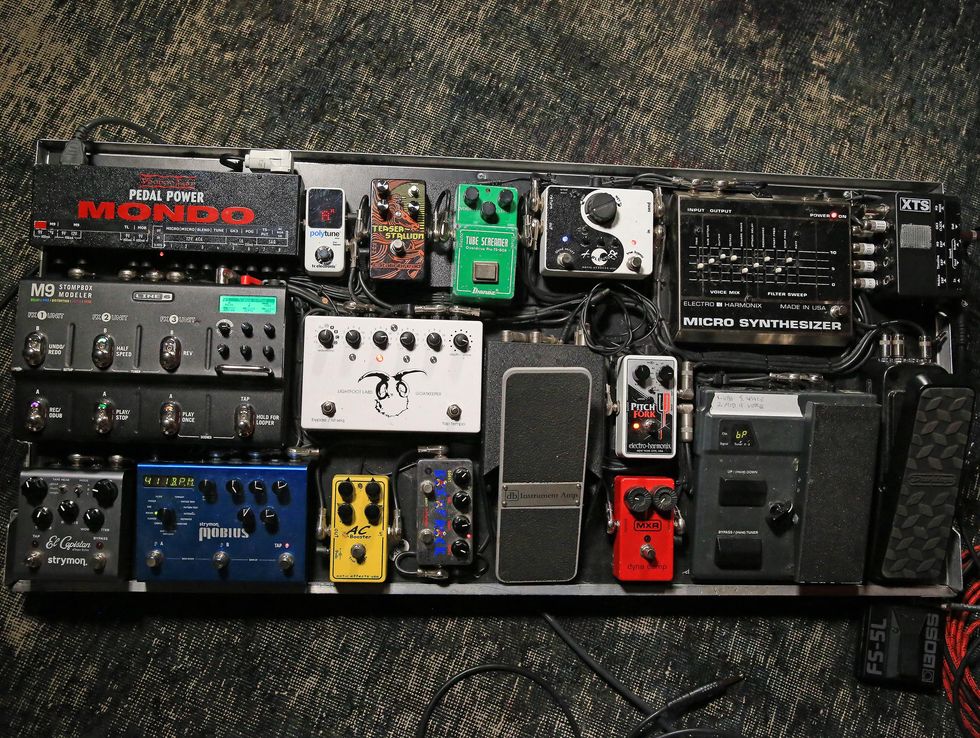
There’s plenty to get excited about in this pedalboard built by Nashville’s XAct Tone Solutions (XTS). First stop is an XTS buffer box, with in/out pass-throughs, an FX insert (between the Xotic AC Booster and Dyna Comp), a MIDI-in for the Line6 M9, external expression inputs, a click-in for the Lightfoot Labs Goatkeeper, plus a buffer that’s always on, a ground switch, and an extra pedal power jack. Next: a Dunlop Volume (X), a ZVEX Box of Rock, the AC Booster, an MXR Dyna Comp, an EHX Pitch Fork, and Xotic X-Blender (keeping an EHX Micro-Synth and Jetpack Mods XP1000 modulation and filter pedal on tap), an original Ibanez TS808 Tube Screamer, a Catalinbread Teaser Stallion fuzz, the Lightfoot Labs Goatkeeper tremolo, a Strymon Mobius, a Strymon El Capistan, and a Line 6 M9. Finally, there’s a versatile db Instrument Amp expression pedal with two left/right pots and two up/down pots. A Voodoo Labs Mondo supplies the juice.





![Rig Rundown: Russian Circles’ Mike Sullivan [2025]](https://www.premierguitar.com/media-library/youtube.jpg?id=62303631&width=1245&height=700&quality=70&coordinates=0%2C0%2C0%2C0)



















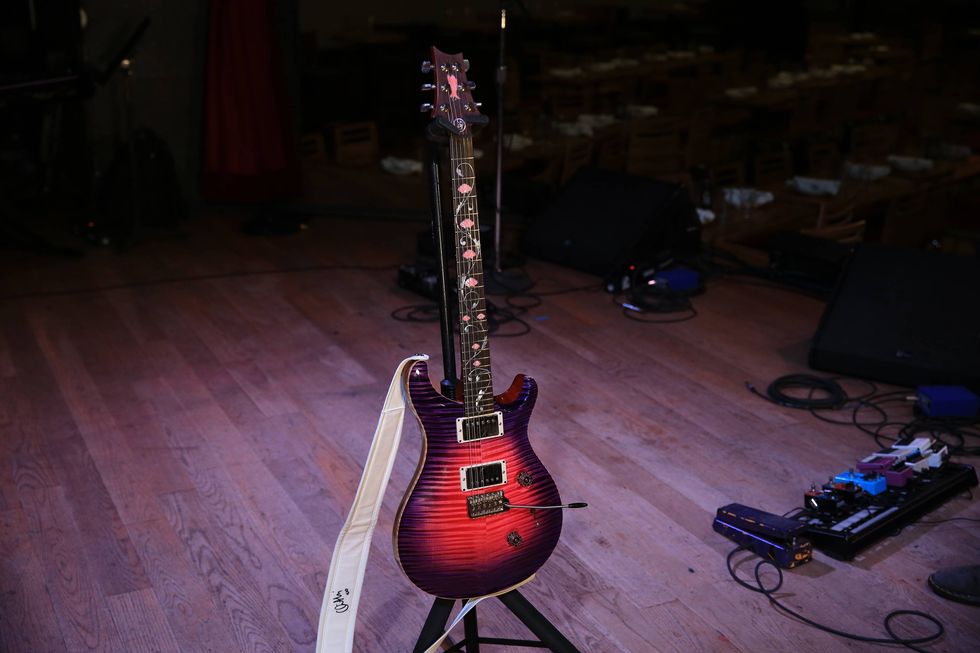
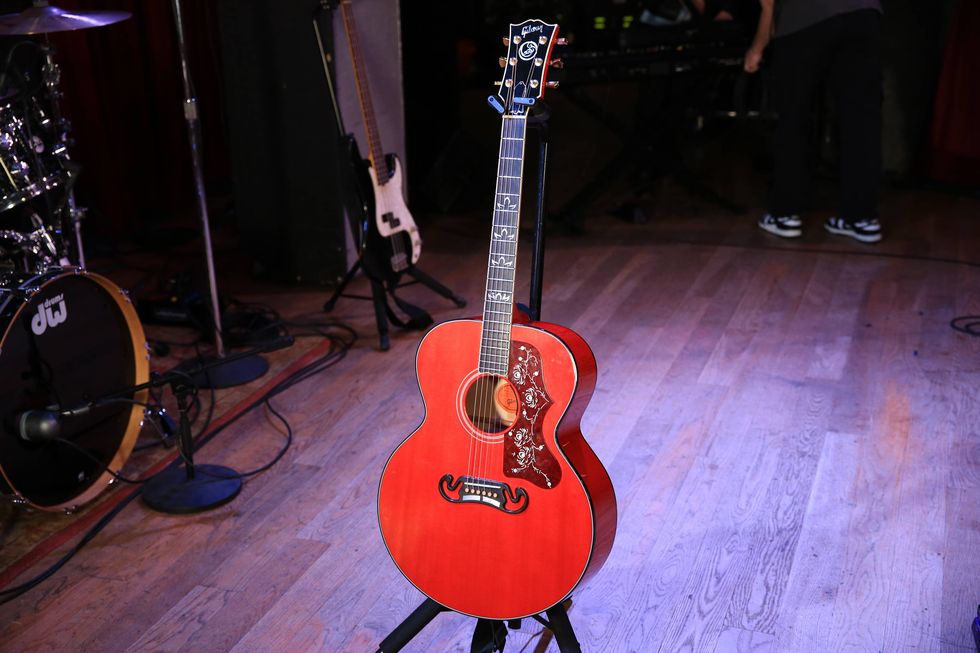
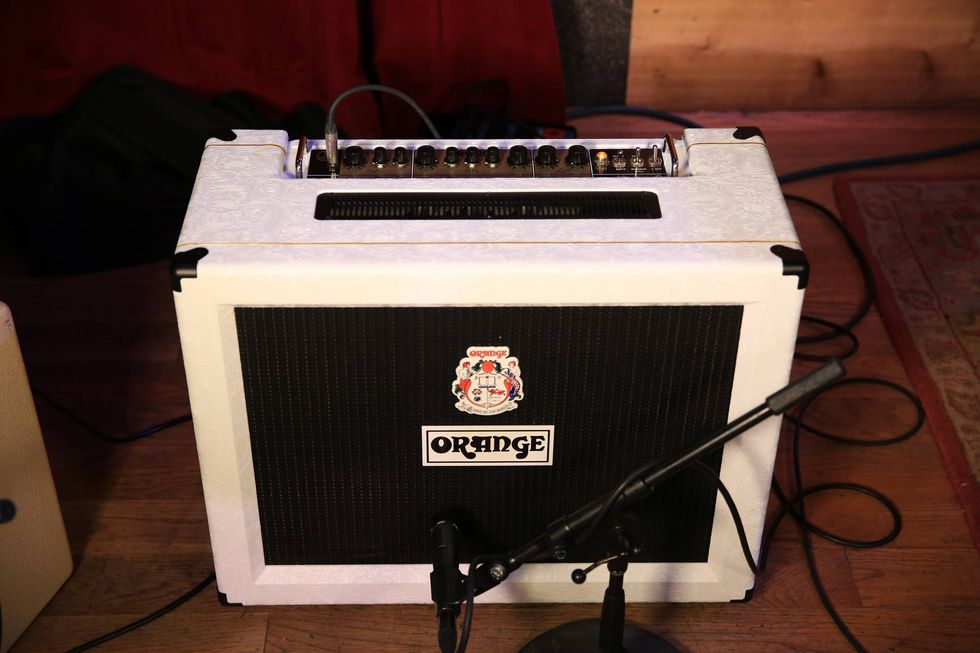
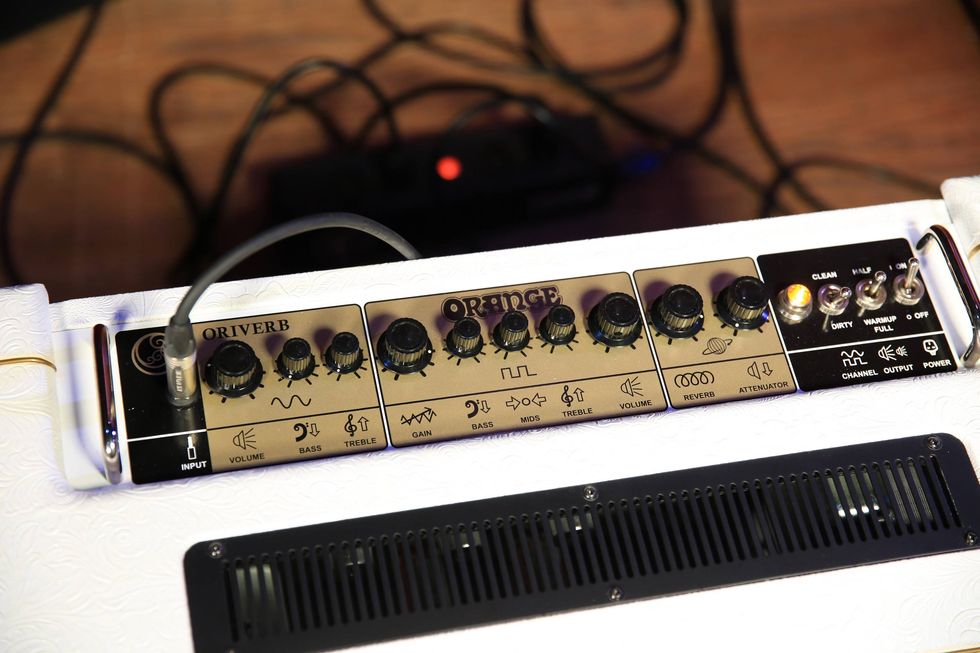
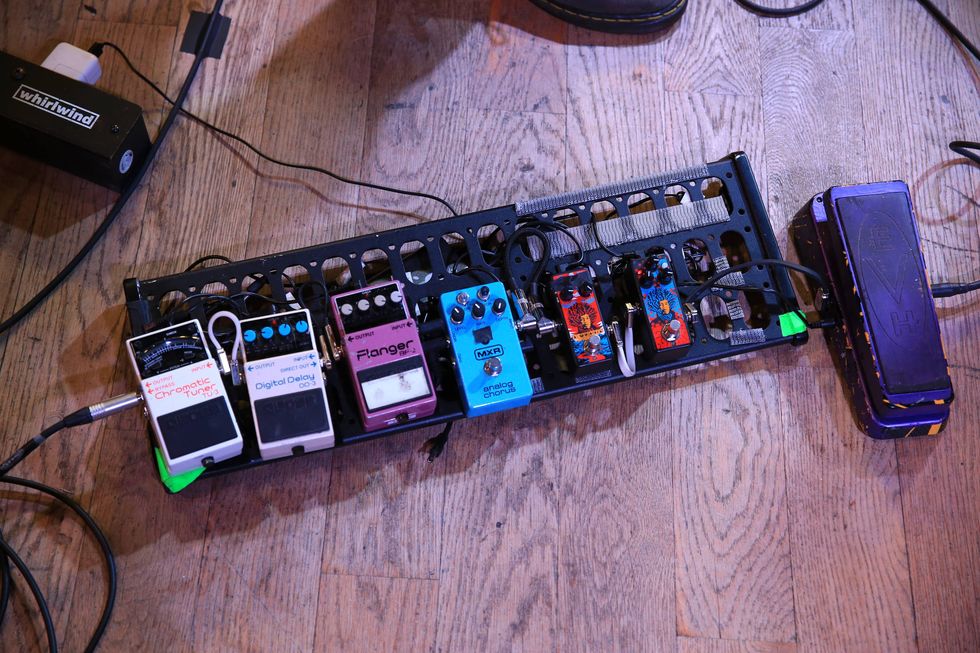

![Rig Rundown: AFI [2025]](https://www.premierguitar.com/media-library/youtube.jpg?id=62064741&width=1245&height=700&quality=70&coordinates=0%2C0%2C0%2C0)




















 Zach loves his Sovtek Mig 60 head, which he plays through a cab he built himself at a pipe-organ shop in Denver. Every glue joint is lined with thin leather for maximum air tightness, and it’s stocked with Celestion G12M Greenback speakers.
Zach loves his Sovtek Mig 60 head, which he plays through a cab he built himself at a pipe-organ shop in Denver. Every glue joint is lined with thin leather for maximum air tightness, and it’s stocked with Celestion G12M Greenback speakers.
















